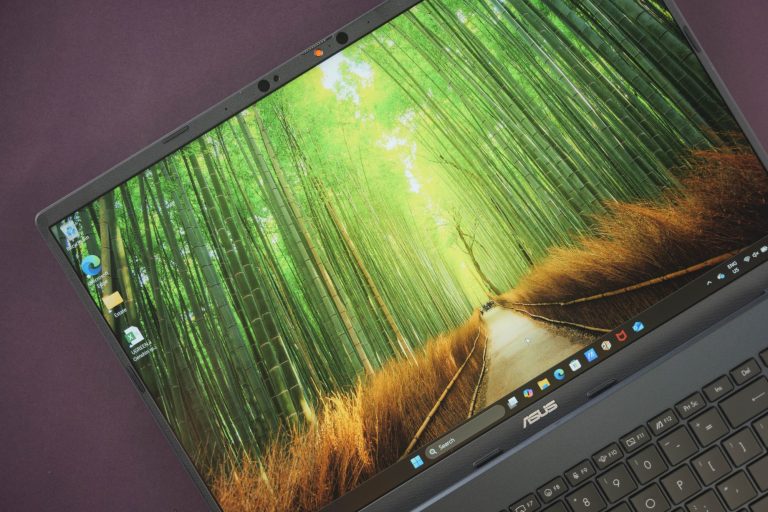The world of laptops is getting a shake-up. Microsoft has this new idea called “Copilot+ PCs,” and there’s a big push for laptops to use a type of chip called ARM. Sounds familiar? ARM chips are the ones in your smartphone – they’re known for being power-effient, which translates directly to longer battery life.
This is where the new ASUS Vivobook 16 X1607QA comes in. As the brand’s everyday model, ASUS wants to bring the power of the new Qualcomm Snapdragon X chip to more people. This chip is special because it has a dedicated part just for AI called an NPU, which can do a whopping 45 Trillion AI calculations per second. Because it’s an ARM chip, ASUS is saying this laptop could have a super long battery life and a bunch of AI features to make your life easier.
It also has modern ports like super-fast USB 4.0 and the latest Wi-Fi 6E technology.
Sounds great, right? But, as tech folks know, the flashy numbers on the box don’t always tell the full story, so let’s dive in.
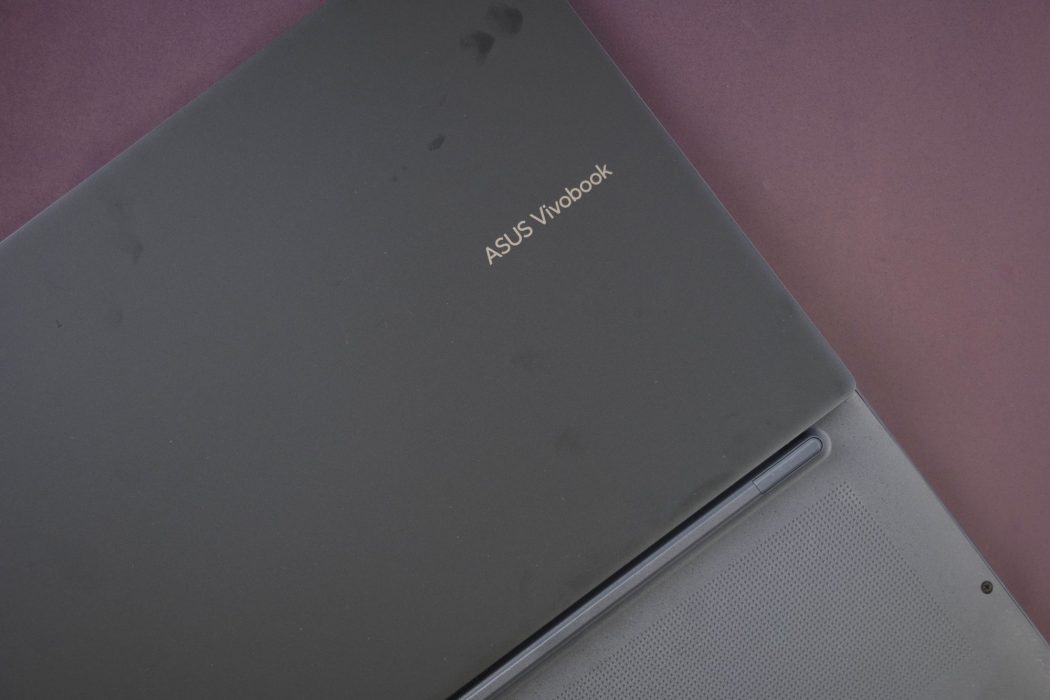
Build quality and design
This laptop fits right in with other Vivobooks: it does the job, looks familiar, and doesn’t break the bank. When we first laid our eyes on it, we were immediately reminded of the Vivobook Go 15 OLED which we reviewed over a year ago.
Our review unit’s all black plastic chassis helps to keep the price down, but the plastic can get a bit fingerprinty, so you might end up wiping it down a lot.
It meets the MIL-STD 810H military standard, so it should handle everyday bumps and knocks. The top cover also flexes a bit if you press on it.
It’s a standard-sized 16-inch laptop that weighs 1.88 kg so you need a slightly bigger bag to lug it around. A neat touch is that the screen can fold all the way flat (180 degrees), which is handy for sharing your screen.
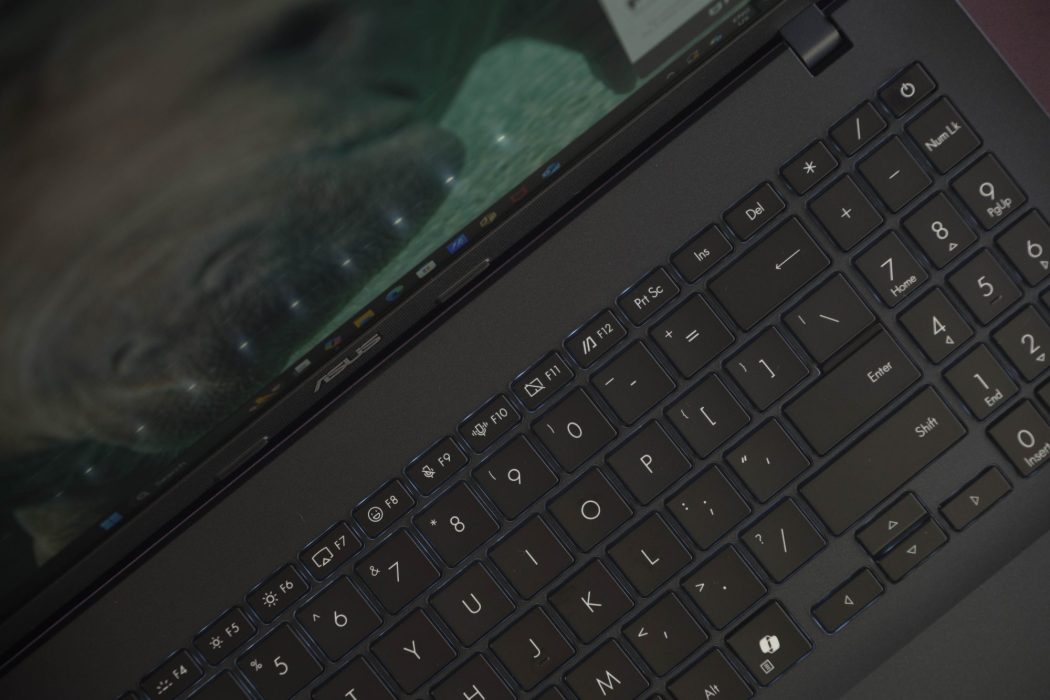
It has a full-sized keyboard with a number pad (great for spreadsheet warriors!) and backlighting for typing in the dark. The keys feel pretty good to type on – not too loud and comfortable for long sessions.
There’s a new key dedicated to Microsoft’s AI, “Copilot.” It actually replaces the right-hand Control (Ctrl) key. This is a bit controversial because it takes away a commonly used key, but we don’t really have any strong feelings against it.
The trackpad is smooth and covers a large area. We did not have any issues with tracking or responsivness, and it supports all the usual Windows finger gestures. Some people have found the click a bit noisy or that it makes the laptop vibrate slightly when you press it.
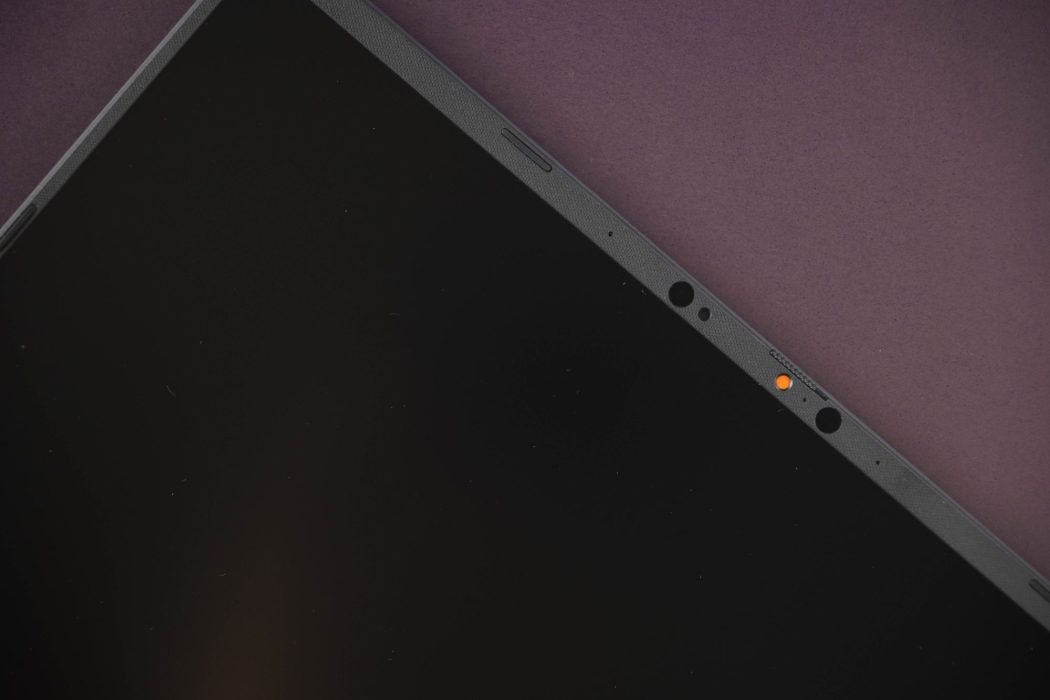
The webcam is a sharp Full HD (1080p), which is much better than older 720p cameras. It also has an infrared (IR) camera, so you can log in to Windows with your face (Windows Hello) – no passwords needed! There’s a physical shutter you can slide over the camera for privacy.
The AI chip helps with camera effects like blurring your background or making it look like you’re making eye contact. ASUS also has tech to make you look clearer in low light. Some folks have said the face login can be a bit picky about lighting or how you’re positioned.
Ports and connectivity
The ASUS Vivobook 16 packs two very modern and fast USB 4.0 Type-C ports. These can transfer data super quickly (up to 40Gbps), connect to external monitors, and even charge the laptop. Having two is a big plus at this price.
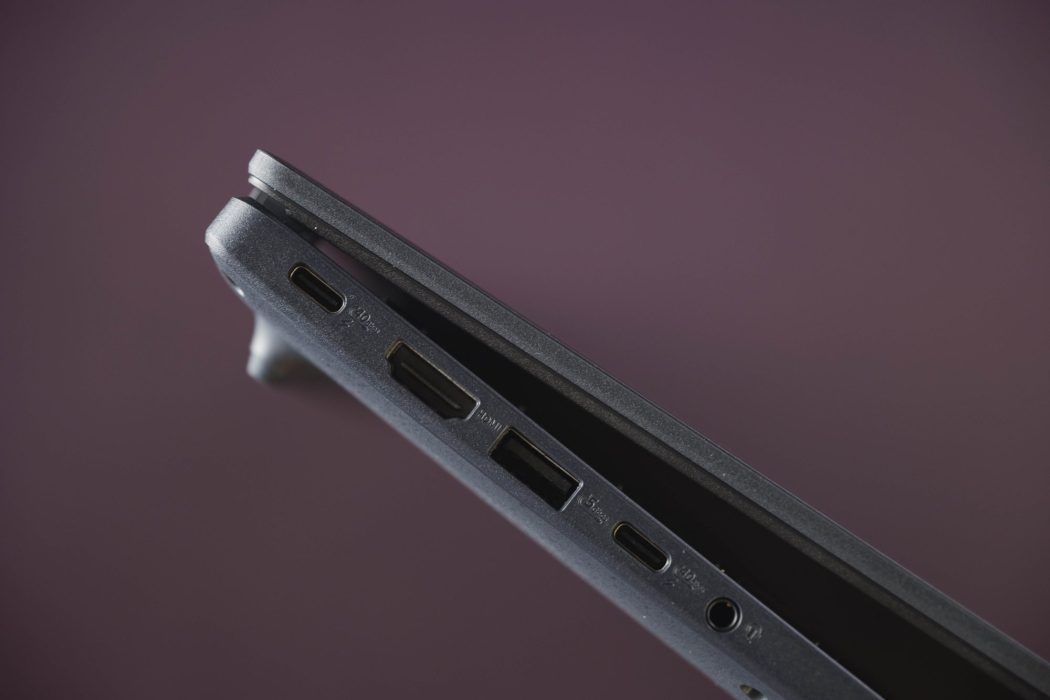
You also get two standard USB 3.2 Type-A ports for older devices (like your mouse or flash drive), and there’s a full-size HDMI 2.1 port for hooking up to a TV or monitor.
There’s also a headphone jack. bit surprisingly, there’s no dedicated port for an internet cable (Ethernet/RJ45), nor is there an SD or microSD card reader.
So, if you need those, you’ll have to buy an external adapter (dongle).
For wireless connectivity, the Vivobook 16 is up-to date with Wi-Fi 6E and Bluetooth 5.3 support.

Display and audio
The screen is often where companies cut costs on budget laptops, and this Vivobook is a classic example.
The real estate is generous at 16 inches, which gives you plenty of room. You can see it clearly from different angles, and it has a taller 16:10 shape which is good for documents and web pages. It’s bright enough for using indoors, and the anti-glare coating helps reduce reflections.
It struggles under bright light or outdoor use though, and the refresh rate goes only as high as 60Hz – not like you’d be using this for gaming anyway (more on this later). The borders around the screen are thin but not “edgeless” level, if you get our drift.
The biggest problem is how it shows colors. ASUS says it only covers 45% of the NTSC color space. It uses an IPS-level display panel, but compared to OLED, colors can sometimes look washed-out and inaccurate. This makes the screen less than ideal for photo editing, video work, graphic design, or anything where colors are super important. It also doesn’t support HDR (for more vibrant video) and isn’t a touchscreen.
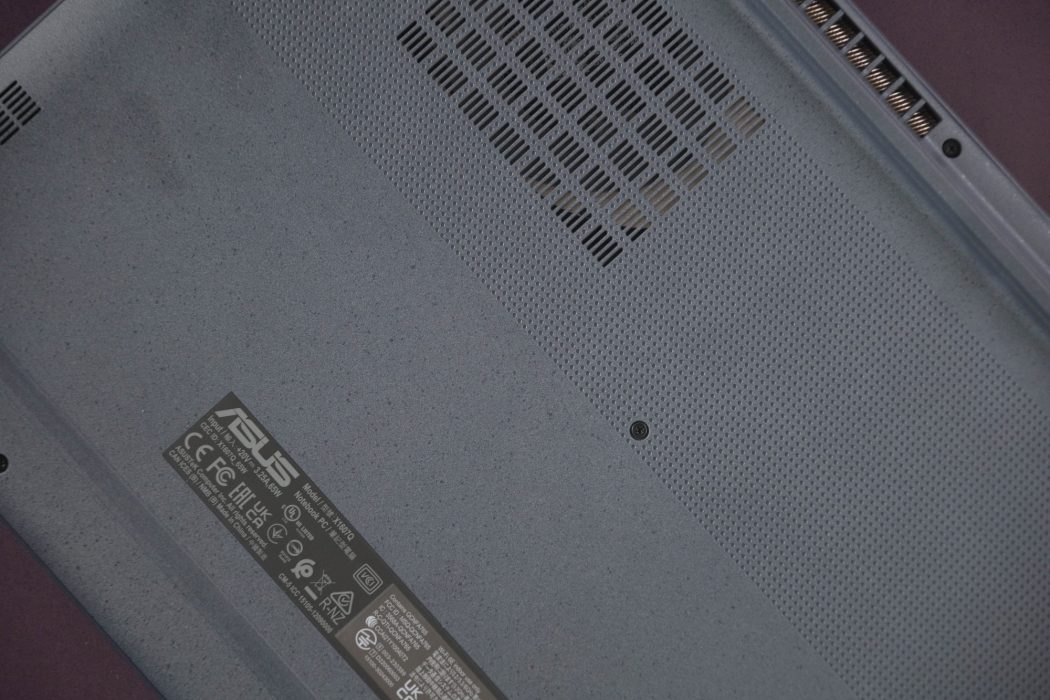
The built-in loud speakers on the underside of the laptop sound decent and we find them to be sufficiently loud enough. They have some fancy software tuning (ASUS SonicMaster, Smart Amp, Dolby Atmos) to try and make them sound better and more immersive.
But because the speakers point downwards, the sound can be a bit muffled, especially if the laptop is on your lap or a soft surface. High notes might not be very clear. For listening, you’re better off with headphones. For speaking, the built-in microphone system is good.
It uses ASUS AI Noise Cancelation to filter out background sounds, so your voice should come through clearly on calls – this is genuinely useful.
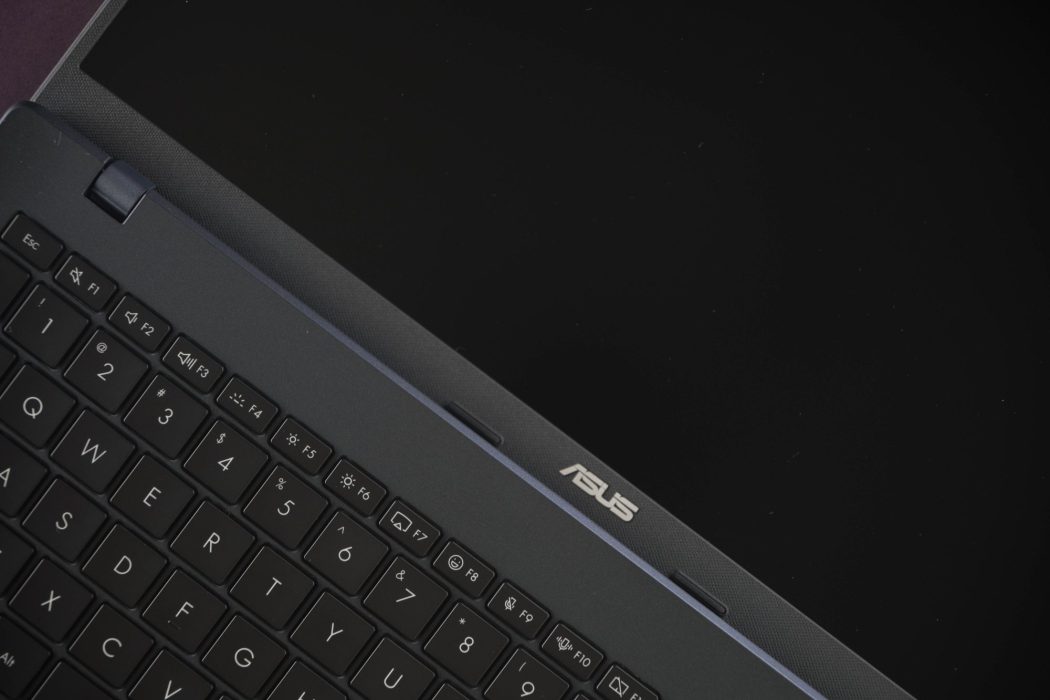
Performance
The brain of this Vivobook is the Qualcomm Snapdragon X X1-26-100 chip. This single chip contains the main processors (CPU), the AI part (that 45 TOPS Hexagon NPU), and the graphics an integrated Qualcomm Adreno GPU, likely a basic version.
It comes with 16GB of fast LPDDR5X memory (RAM), but here’s a catch: it’s soldered onto the main board, so you can’t upgrade it later. For storage, you get a speedy M.2 NVMe PCIe 4.0 SSD. I talready occupies the one and only NVMe slot, but you should be able to upgrade it by yourself if needed without voiding warranty.
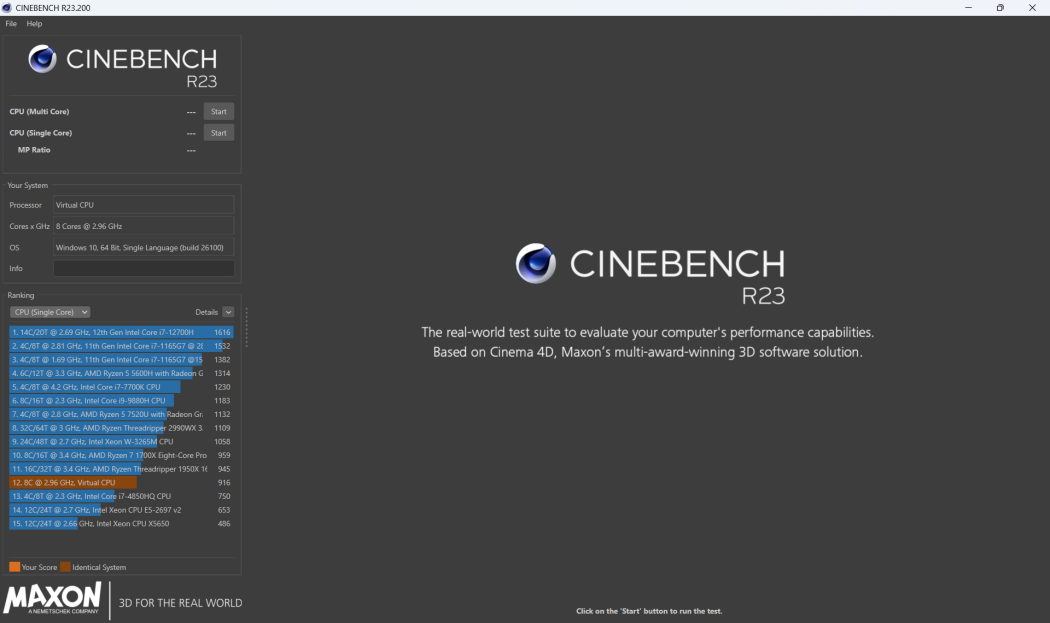
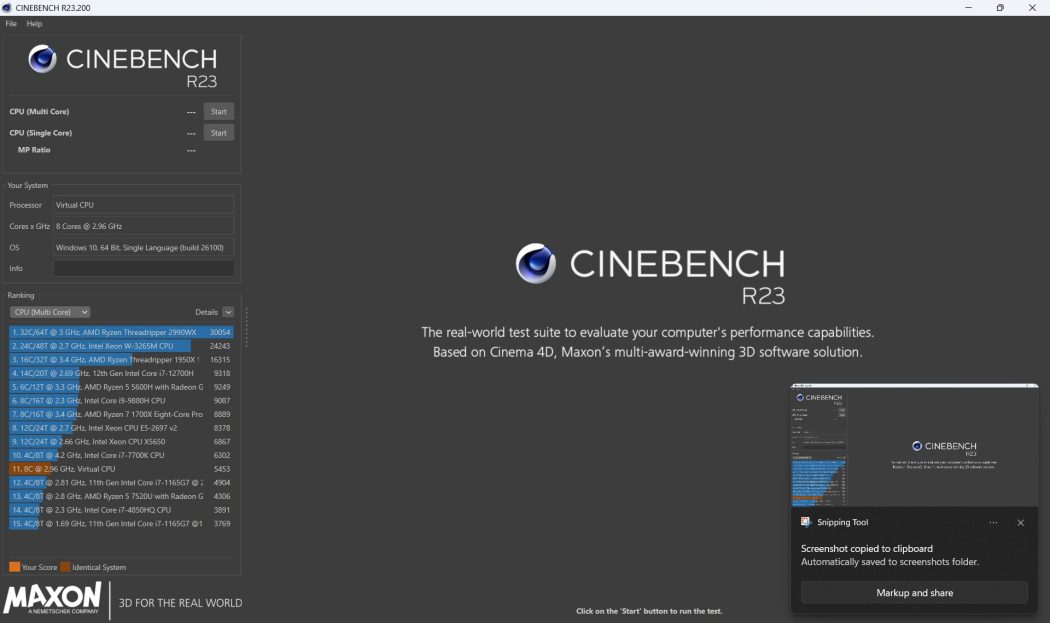
Lab tests (benchmarks) show it’s decent at handling several tasks at once. However, it’s a bit slower than some current mid-range chips from Intel or AMD when it comes to single-task speed, which can sometimes affect how “snappy” things feel. ASUS claims it’s much faster than an older Intel-based Vivobook 15.
In everyday use – Browse the web with lots of tabs, writing documents, working on spreadsheets, doing email – it should feel generally smooth and responsive. A big plus for this ARM chip is that it performs pretty much the same whether it’s plugged in or running on battery, unlike many other laptops that slow down or throttle when unplugged in order to conserve power.
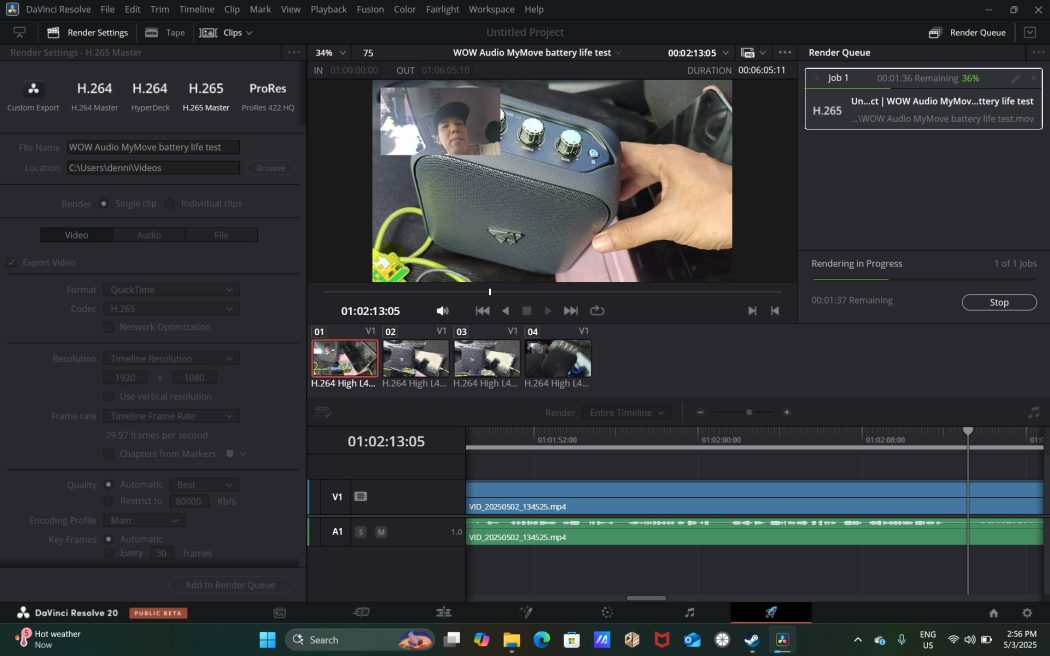
The graphics part, driven by the Adreno GPU,0 isthe weakest link here. It’s fine for showing your desktop, running Windows, and playing videos, but it’s way too weak for modern games or heavy-duty graphics work like image editing, video editing, or 3D modeling.
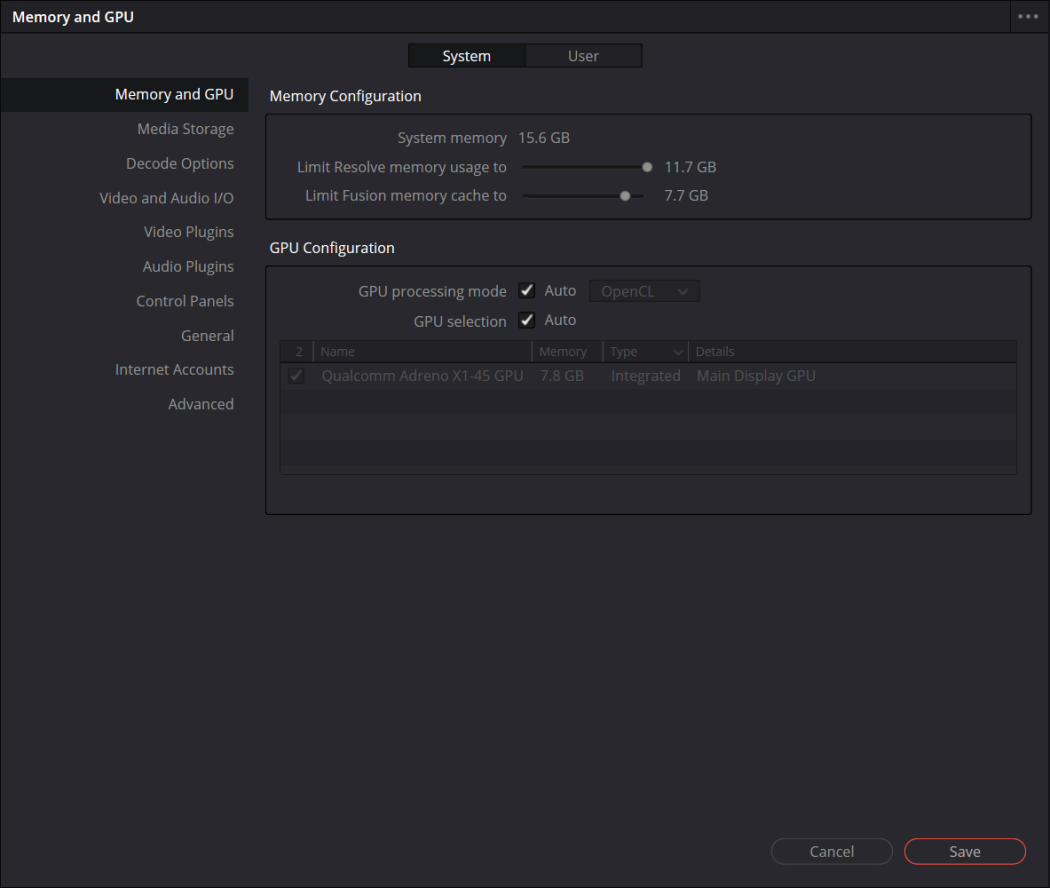
As an example, we tried to render a simple 5-10 minute video in Davinci Resolve Studio, and it took over 2 minutes. The Studio version, which supports GPU rendering, properly detected the Qualcomm Adreno X1-45 GPU and we are really happy about that, though it could be faster.
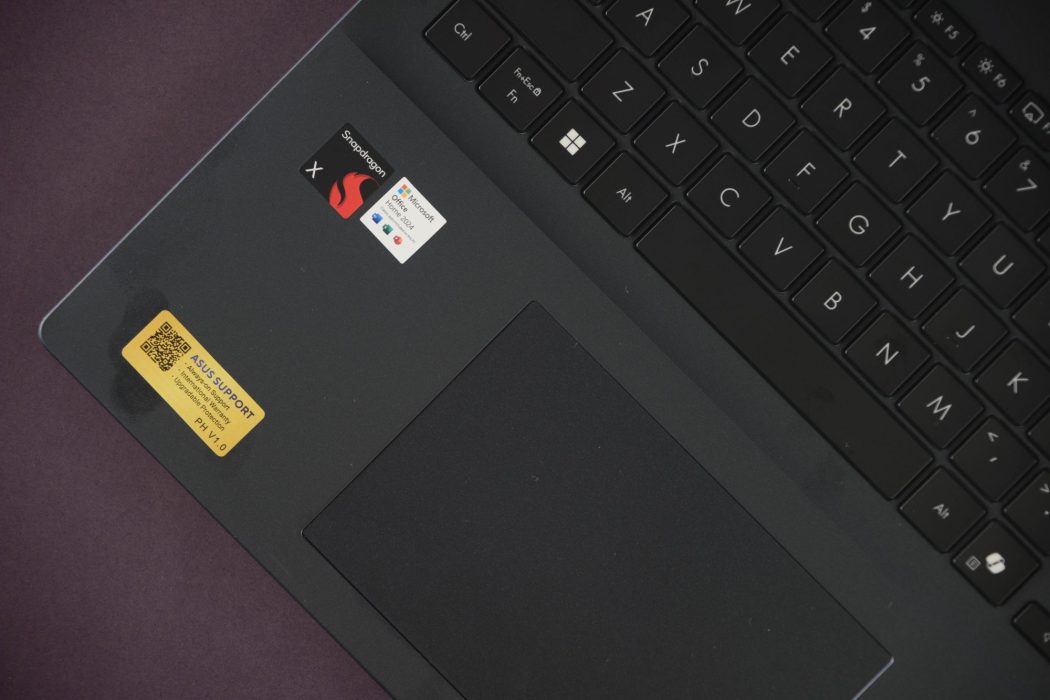
Software
Now for the elephant in the room: Most Windows programs you’re used to were made for Intel or AMD chips, which were built using the x86 or x64 architecture. Because this laptop uses an ARM chip, you are going to need a binary compiled specifically for ARM.
Without it, those older programs have to run through a translator built by Microsoft (called “Prism”). While this translator has gotten better, it can slow things down and, worse, some programs might be glitchy or not run at all.
Programs made specifically for ARM64 should run well, but if you rely on heavy-duty software (like professional creative programs, CAD software, some developer tools) or older, less common programs, they might perform poorly or not work. Consistency is key here, and this is the problematic bit: you are lucky if the software you need has an ARM binary, but if not you might run into major problems.
The number of ARM64-native apps is growing, but it’s still a work in progress. Before buying, you MUST research if your critical software will work well on Windows on ARM.
Temperature-wise, it has a basic cooling fan. It’s usually quiet when you’re just browsing or typing. When you’re doing more demanding stuff, the fan will spin up and you’ll hear it, but it’s generally not too loud for a laptop like this. It doesn’t seem to overheat and slow down during normal work.

Gaming
Obviously this is not a gaming laptop: the built-in Qualcomm Adreno GPU is simply not designed to handle modern games. While you can try, visually demanding games will run poorly, if at all. This is the same problem with applications: you need games compiled for ARM, which can be problem for anyone who uses Epic or Xbox.
In fact, the Xbox Gamepass library is completely inaccessible. You can open your profile, but that’s about it. There are a number of casual games on the regular Microsoft Store though – most of which are Android ports which were optimized for ARM to begin with.
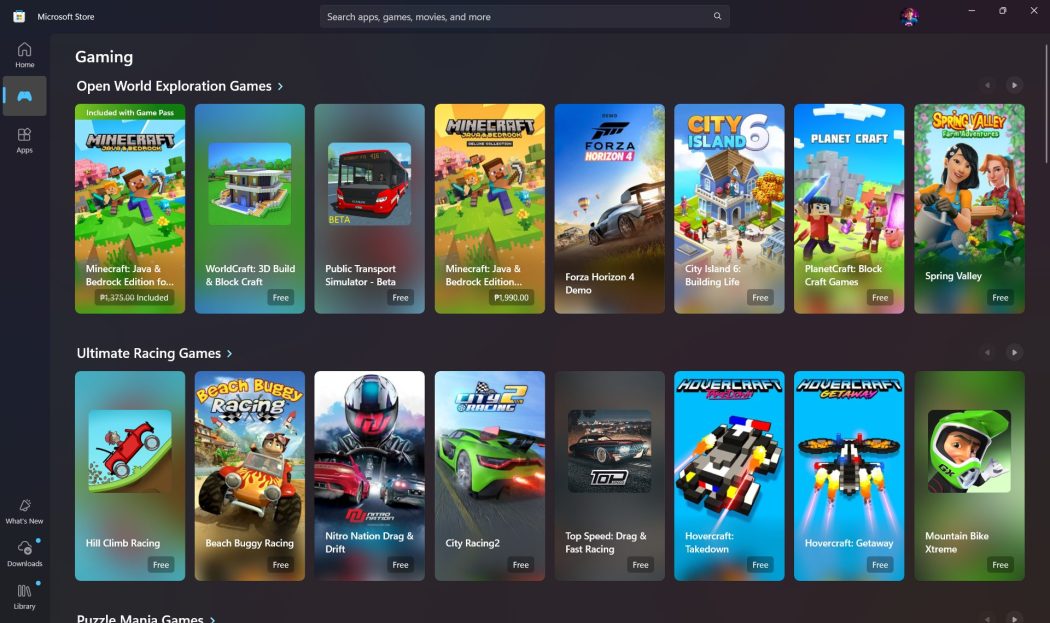
Steam seems to be leading the charge for ARM adoption, and it is where we’ve encountered the least trouble playing games.
At best, you might be able to play very old games, simple indie titles, or use cloud gaming services where the game runs on a powerful computer elsewhere and streams to your laptop. We streamed Clair Obscur: Expedition 33 this way using Sunshine + Moonlight.
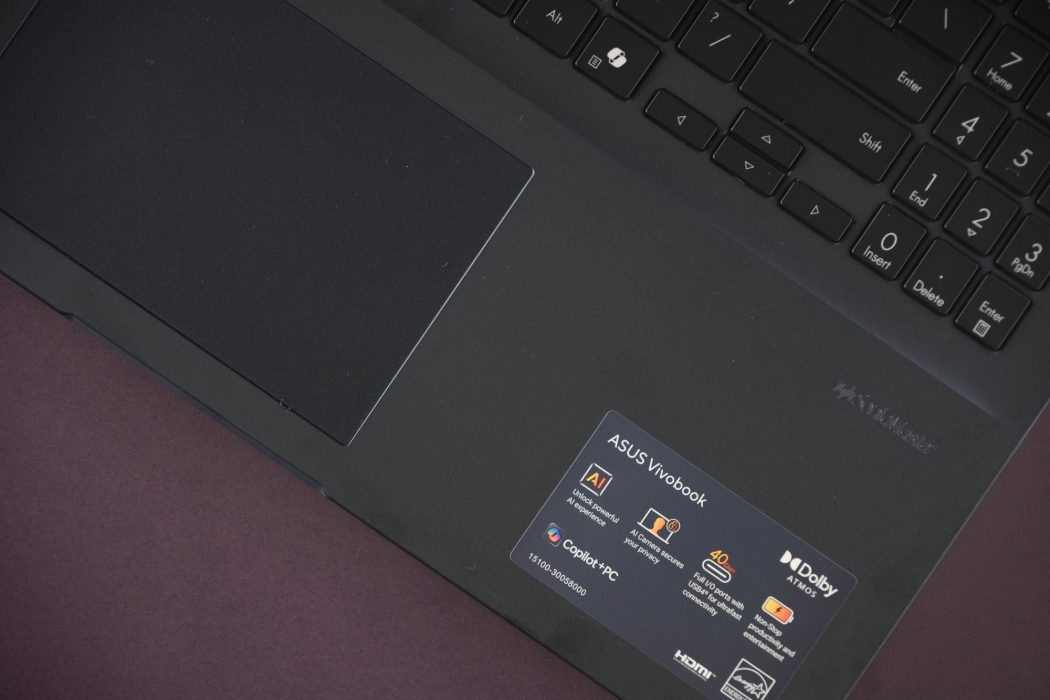
AI and Copilot+
The main reason to buy this laptop is its “Copilot+ PC” status, thanks to that powerful 45 TOPS Qualcomm AI chip. This chip lets AI tasks run quickly and efficiently right on the laptop, without needing a lot of power. This powers the AI features from Microsoft and ASUS.
Some of the things that you can do with Copilot+ include:
Recall (Preview): This is the most talked-about one. It basically creates a searchable, visual timeline of almost everything you do on your PC. You can then search for things you remember seeing or doing using normal language. It all happens on your laptop, so it’s private.
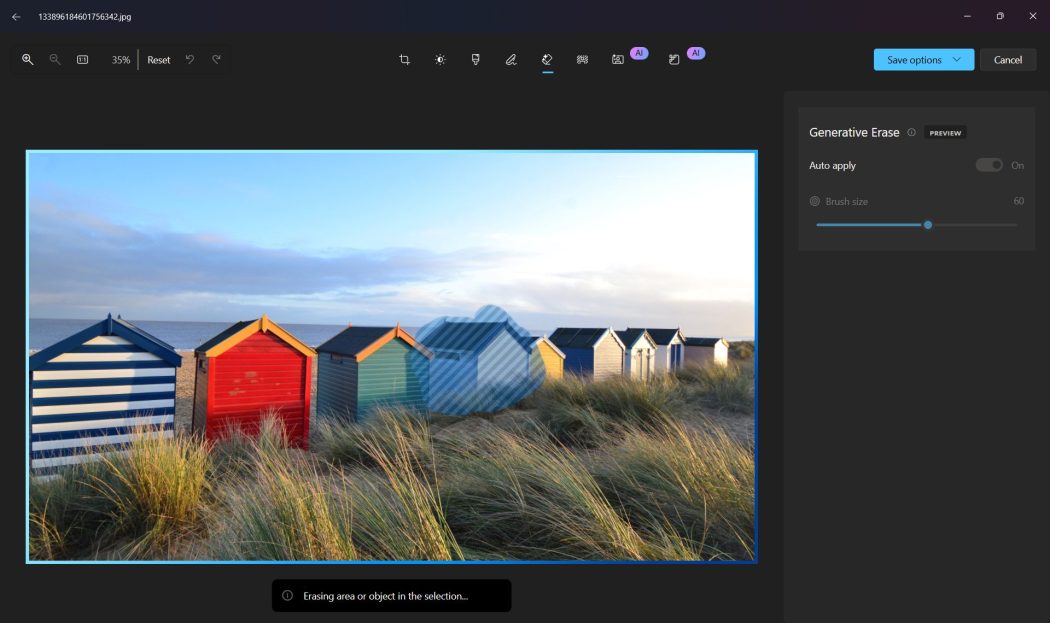
We felt that having an app that took screenshots of your desktop every few seconds can be a bit … creepy, so this is something we prefer to keep disabled.
Cocreator (in Paint): Puts AI art generation into the good old Paint app. You can type what you want to see, draw a simple sketch, and AI will help create an image.

We had the most fun with this feature, but it’s limited to paint – which isn’t exactly something that we use on a daily basis.
Live Captions: Can provide real-time text for any audio playing on or recorded by your laptop, and even translate it. Great for accessibility.
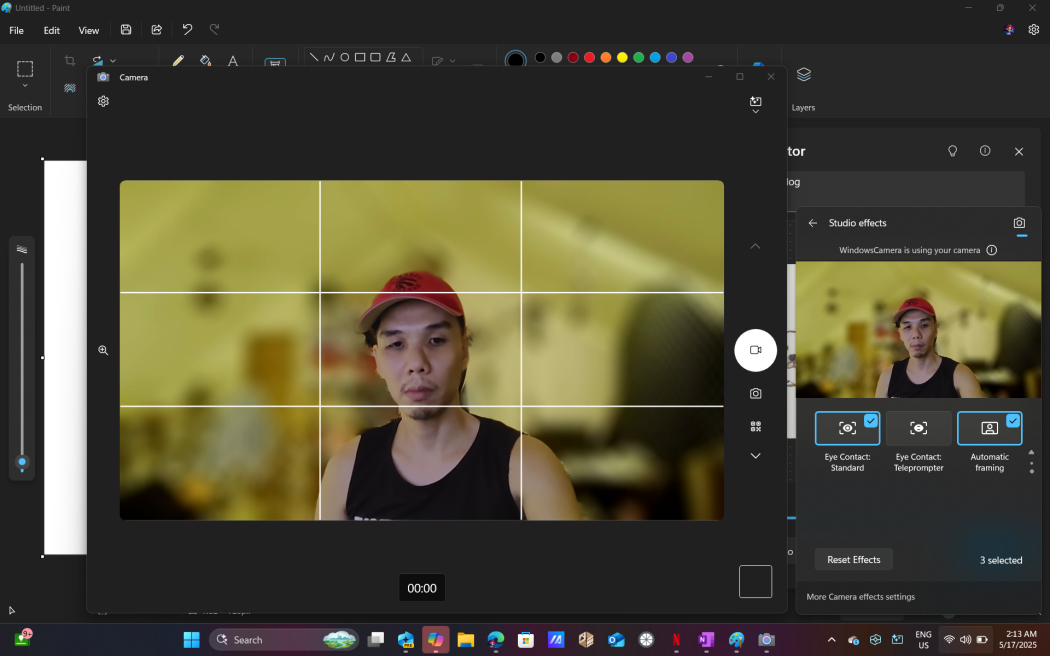
Windows Studio Effects: Uses the AI chip to seriously upgrade your webcam and microphone during video calls. Think smart background blur, automatically keeping you in the center of the frame, faking eye contact, and much better background noise reduction for your voice.
This should come in handy during video calls, but the eye contact feature doesn’t always “stick” to the camera, and edge detection for potrait blur isn’t that great.

In addition to this, there are a number of hidden goodies like AI-powered object removal/addition in the Photos app, AI image restyling, AI upscaling, and other hidden gems in Windows’ new AI-powered toolkit.
In addition to this, ASUS adds its own AI tools into the mix, such as StoryCube, which is an app that tries to automatically organize your photos and videos using AI to figure out what’s in them.
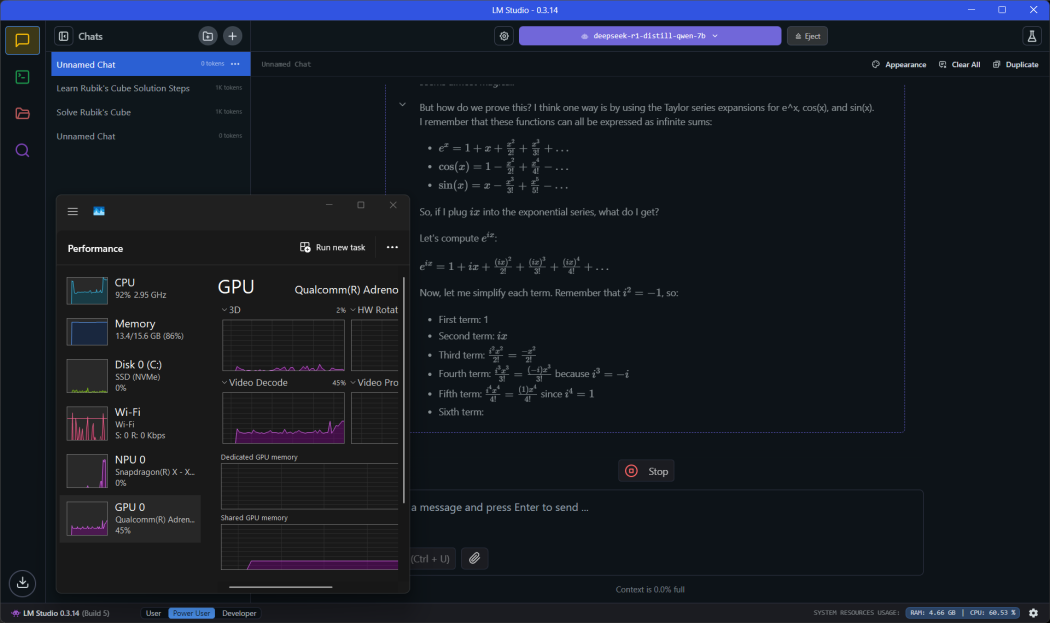
We also tried running DeepSeek R1 Distilled locally, and it appeared to take advantage of both NPU and GPU. However, at 8.53 tokens / sec, it did not appear to offer a significant speed advantage over our AMD + NVIDIA GPU experience, which averages 23.28 tokens / sec or 3 times the speed.
Battery Life and charging
A key selling point for ARM-based Windows laptops is better battery life. This Vivobook has a 3-cell, 50 Watt-hour (Whrs) battery. That’s actually a bit smaller than what you often find in 16-inch laptops, which can run anywhere from 60Wh to over 80Wh.
ASUS ads show some impressive numbers, like “up to 19 hours” or even “up to 27 hours.” One test showed 27 hours of playing a 1080p video stored on the laptop (under very specific low-power conditions). This really shows off how efficient ARM can be for light tasks, but it’s not what you’ll get in typical daily use.

Our own tests produced around 10-12 hours of video streaming with the following settings:
- Brightness level set to 100%
- Volume level set to around 40%
- Wi-Fi on
- Power profile set to Balanced
- Keyboard brightness on highest
- Combination of YouTube and Netflix
While not hitting those huge marketing numbers, these results are still pretty respectable for a 16-inch machine. It suggests the X1607QA can comfortably get you through a standard 8-hour workday of normal office tasks. The fact it does this with a relatively small 50Wh battery really highlights the Snapdragon X chip’s efficiency. Another good sign is that it barely loses any charge overnight when in standby (like 1-2%).
What’s great is that it comes with a 65W USB Type-C charger. You can plug this into either of the USB 4 Type-C ports, which is flexible. ASUS says it can charge to 50% in about 30 minutes, which is very satisfying. In a pinch, you can easily plug this in using a cheap GaN charger. Also, there are plenty of 65W power banks to choose from nowadays.
The most impressive part? Snapdragon was built for mobile devices, it is not only power efficient, but it can switch between suspended and running status in a split second.

One of the things that we love about the MyASUS app is the Battery Care Mode, which comes with features like limiting the charge to 80%. If you often leave it plugged in limiting the charge can help the battery last longer over the years.
Verdict: Should you get an ARM-powered Windows laptop in 2025?
In the US, the ASUS Vivobook 16 X1607QA is priced around $799.99 for the version with a 512GB SSD and 16GB RAM. Here in the Philippines, it’s around PHP 45,995. This makes it one of the cheapest ways to get a laptop with the Snapdragon X chip and the Copilot+ features.
It is basically an affordable entry ticket into the new world of Copilot+ AI PCs running on Qualcomm’s Snapdragon X chip.
Its biggest upsides include:
- 45 TOPS AI chip delivers real on-device AI features (like better webcam effects)
- ARM is efficient, giving you solid all-day battery life from a not-so-big battery
- Connectivity is modern with two super-fast USB 4 ports and Wi-Fi 6E
- The keyboard is comfy for typing and has a number pad
- The 16-inch screen gives you lots of real estate to work with
But these pluses come with unavoidable minuses:
- Limited color reproduction at only 45% NTSC
- Built-in GPU is that that great for demanding graphics work, let alone gaming
- The 16GB of RAM module is soldered, so you will not be able to upgrade it
- Limited library of ARM-native applications
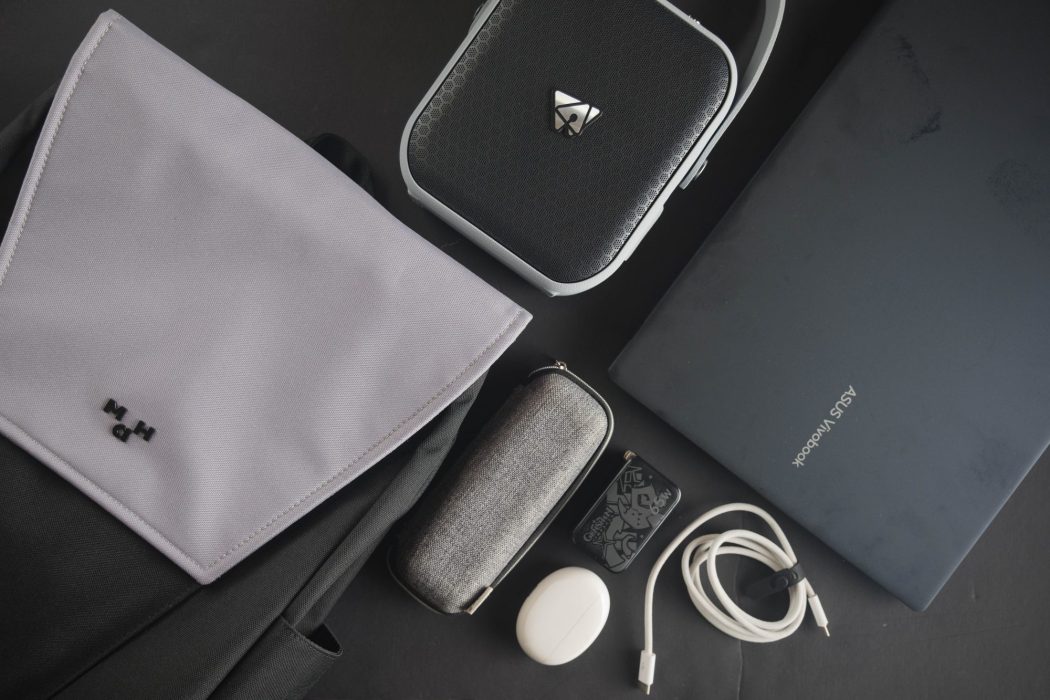
This makes the Vivobook 16 good for students, home users, and office workers whose main tasks are web browsing, documents, email, and presentations. If you do a lot of video calls, you will surely like the AI-boosted camera and mic.
Next you have the early adopters: If you like to play around with AI, or if you are excited about Copilot+ or use it on a daily basis, you are going to want to check this out.
Lastly, if you value battery life and modern ports (like USB4) over screen quality or a fancy build, AND your crucial software is ARM-native or known to work well on ARM, this could be for you.
However, anyone doing creative work that needs accurate colors might want to look into ASUS’s OLED options, such as the Vivobook Go OLED. This also leaves out gamers, who should go with the slightly pricier NVIDIA RTX-powered gaming laptops from ASUS and ROG.
The X1607QA is best for people who know exactly what they’re getting – and what they’re giving up – especially if they can find it at a price that reflects these compromises.
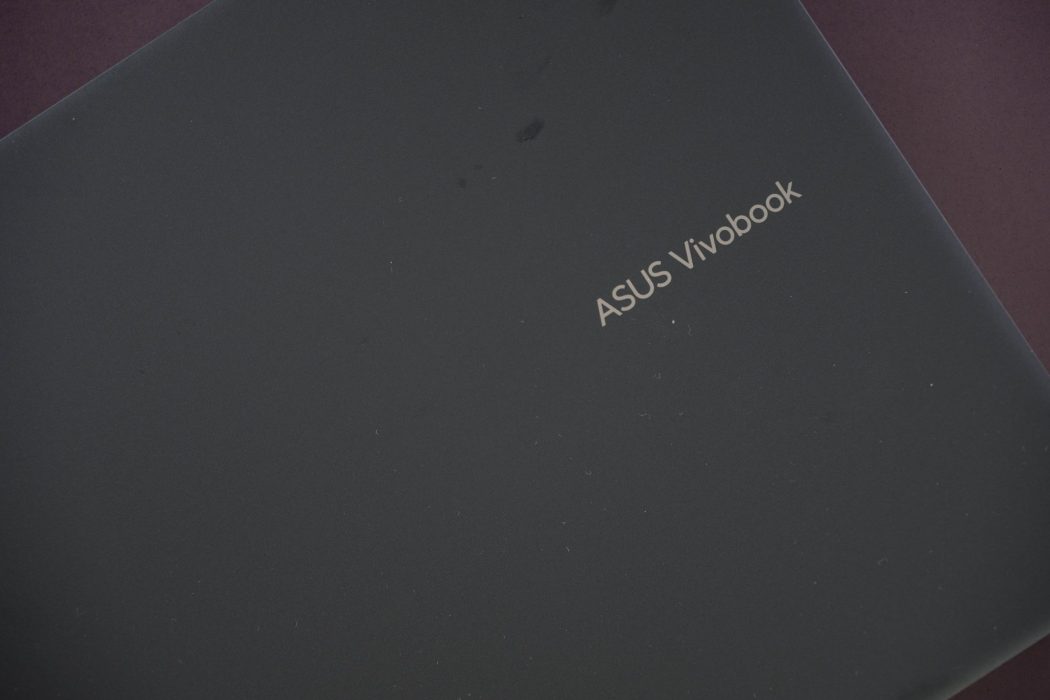
ASUS Vivobook 16 X1607QA technical specifications
- Model: ASUS Vivobook 16 X1607QA
- Operating System: Windows 11 Home
- Processor: Qualcomm Snapdragon X X1-26-100 (8 Oryon Cores, up to 2.97 GHz, 30MB Cache)
- Neural Processor: Qualcomm Hexagon NPU (up to 45 TOPS)
- Graphics: Integrated Qualcomm Adreno GPU (likely X1-45)
- Memory (RAM): 16GB LPDDR5X (8448 MHz), onboard (not upgradeable)
- Storage: 512GB or 1TB M.2 NVMe PCIe 4.0 SSD (single-sided only)
- Expansion: 1x M.2 2280 PCIe 4.0 x4 (occupied by main SSD)
- Display: 16.0-inch WUXGA (1920 x 1200), 16:10, IPS-level, 60Hz, 300 nits, 45% NTSC, anti-glare, non-touch
- Ports: 2x USB 4.0 Type-C (40Gbps, DisplayPort, Power Delivery); 2x USB 3.2 Gen 1 Type-A (5Gbps); 1x HDMI 2.1 TMDS; 1x 3.5mm combo audio jack
- Connectivity: Wi-Fi 6E (802.11ax, Triple band, 2×2), Bluetooth 5.3
- Camera: FHD (1080p) with IR function (Windows Hello), physical privacy shutter
- Audio: Stereo speakers, SonicMaster, Smart Amp Technology, Dolby Atmos support, array microphone, AI noise canceling
- Battery: 50WHrs, 3-cell Li-ion
- Power: 65W USB Type-C AC adapter (PD support)
- Dimensions: (WxDxH) 35.70 x 25.06 x 1.79 ~ 1.99 cm (14.06″ x 9.87″ x 0.70″ ~ 0.78″)
- Weight: 1.88 kg (4.14 lbs)
- Colors: Quiet Blue, Cool Silver
- Security: IR camera (Windows Hello), Microsoft Pluton security processor, firmware TPM, BIOS password, privacy shutter
- Durability: Military Standard US MIL-STD 810H


